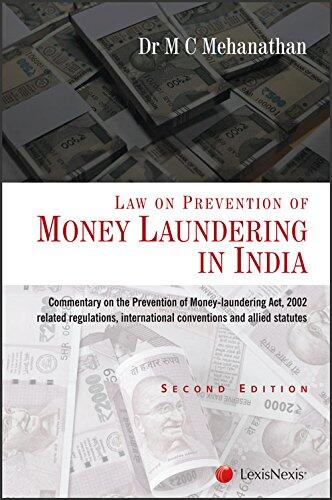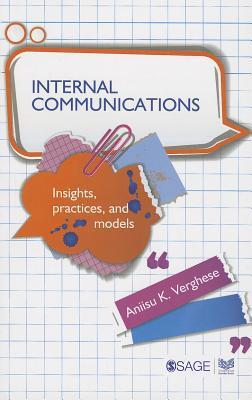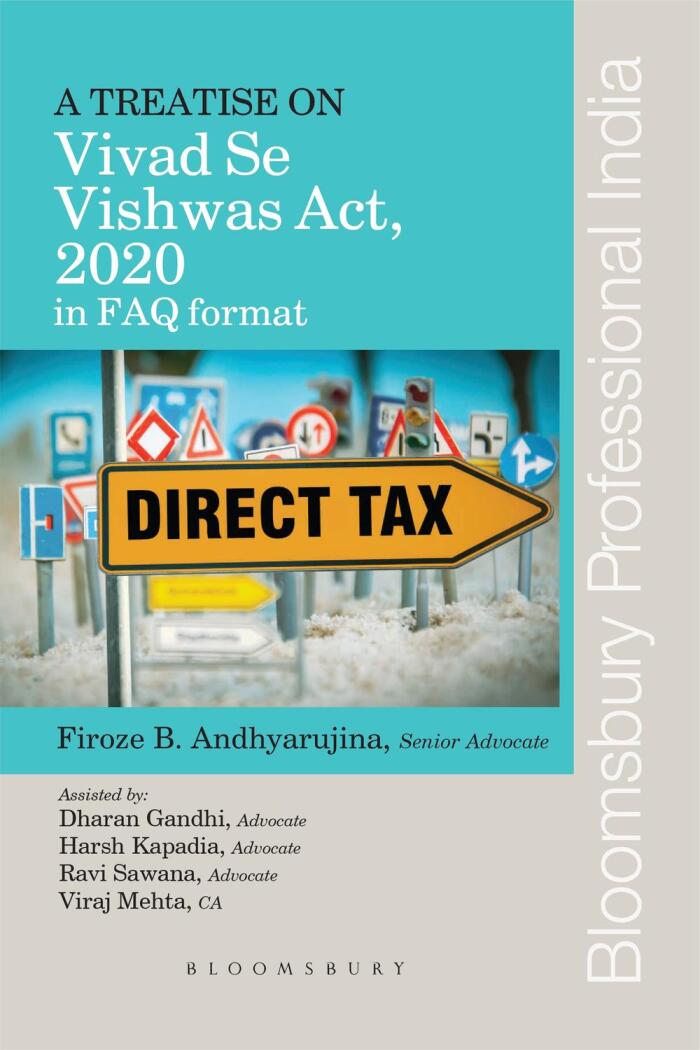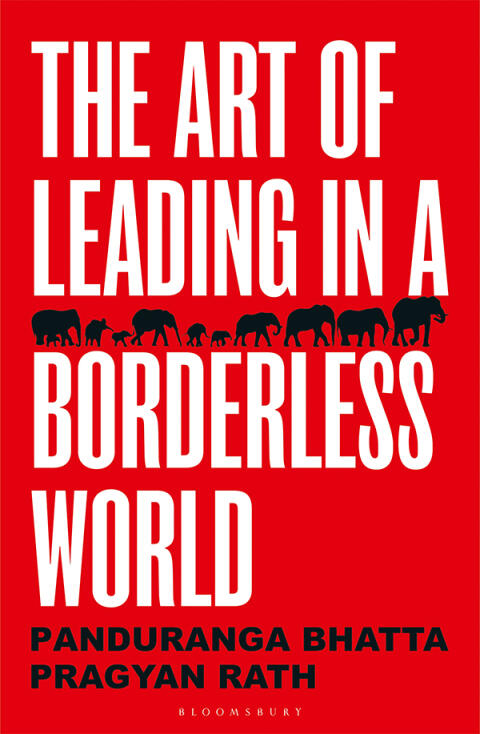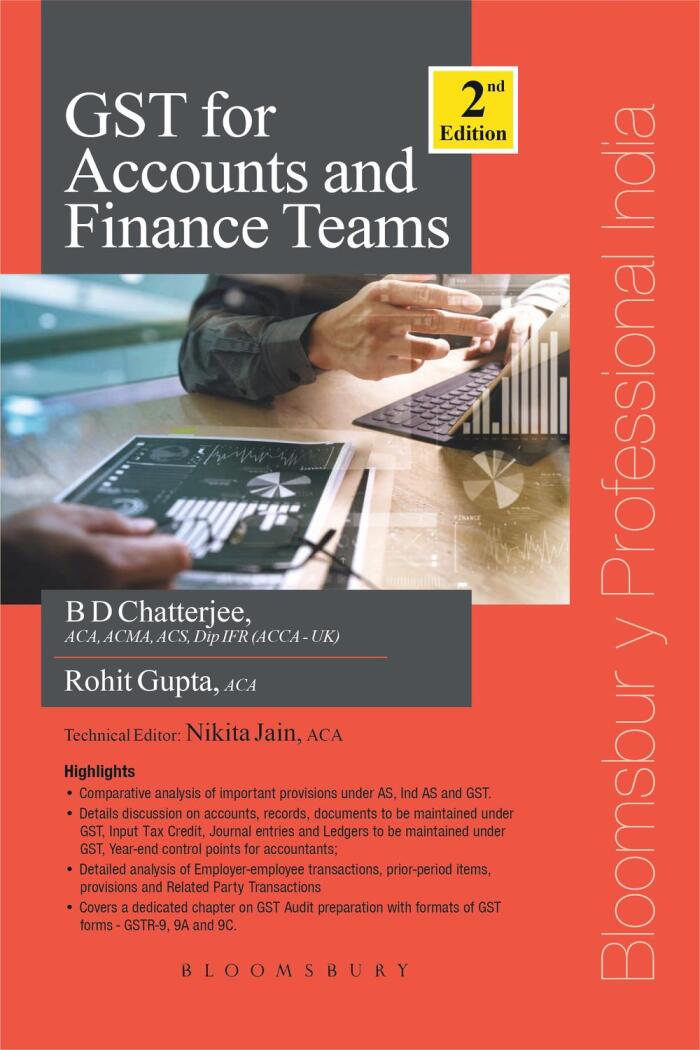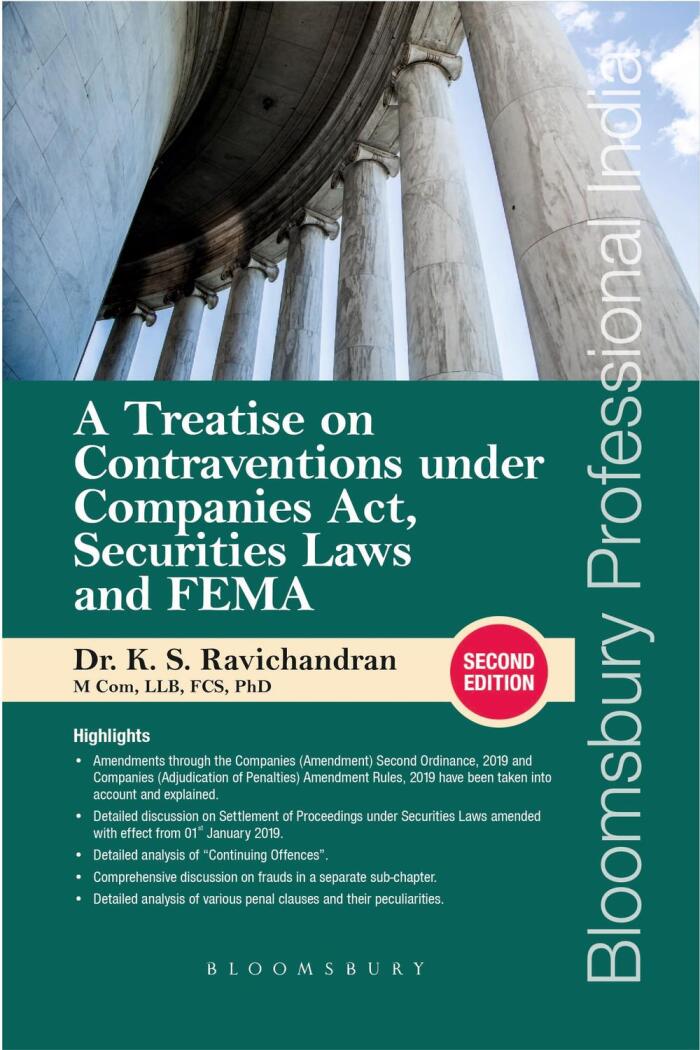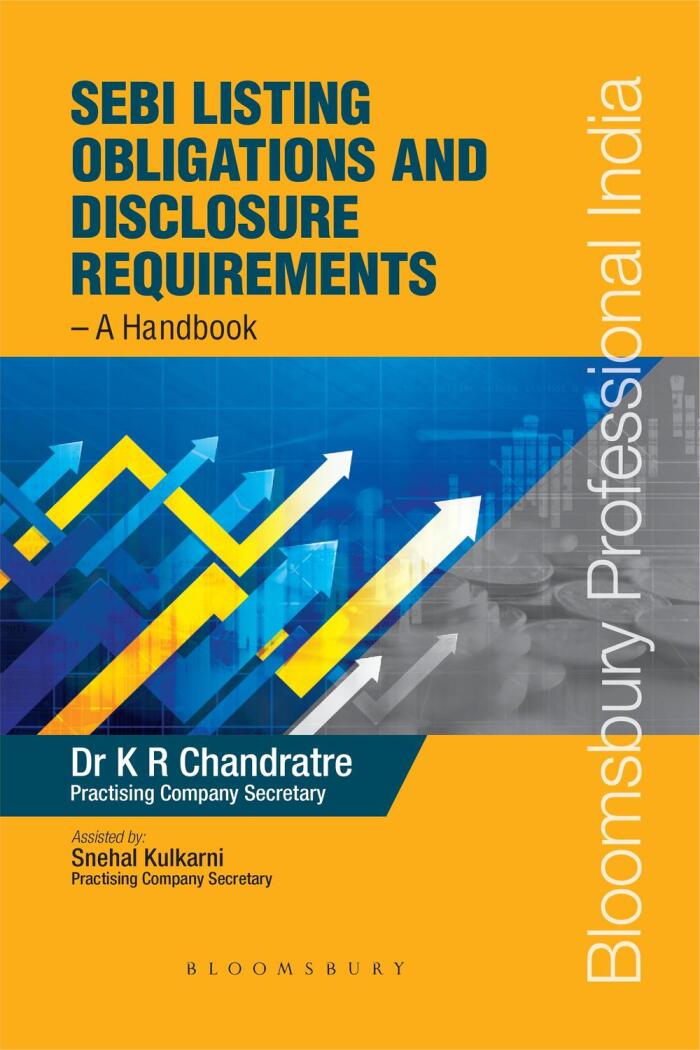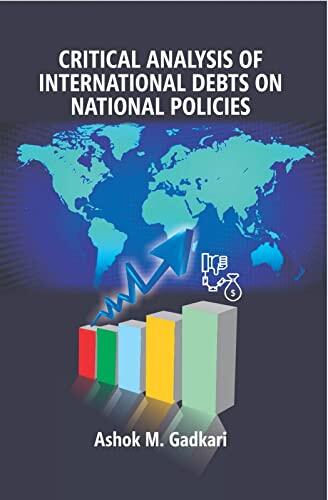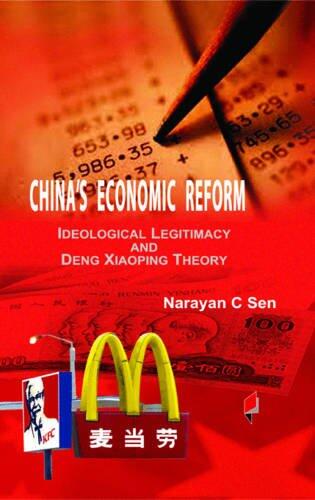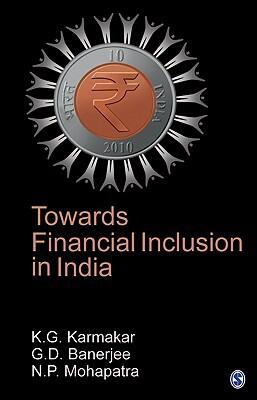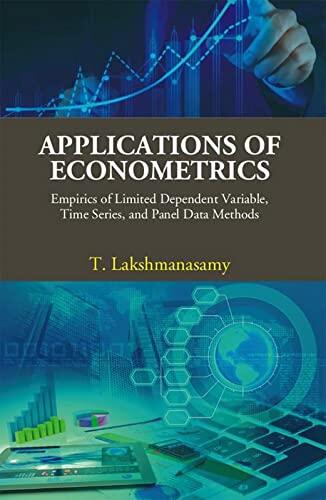
Applications of Econometrics: Empirics of Limited Dependent Variable, Time Series, and Panel Data Methods
작성자
T. Lakshmanasamy
아직 평점이 없습니다
Business & Economics
형식
킨들
페이지
585
언어
힌디어
출판됨
Jan 1, 2020
출판사
Kalpaz Publications
판
2
ISBN-10
9353249007
ISBN-13
9789353249007
설명
T. Lakshmanasamy delves into the fascinating world of econometrics, offering a comprehensive guide to the practical applications of various econometric methods. The exploration begins with limited dependent variables, where Lakshmanasamy unpacks the challenges and techniques relevant to these unique datasets. Readers are introduced to the specific tools and insights needed to analyze outcomes that are not purely quantitative, shedding light on the real-world implications of economic theory.
As the narrative unfolds, time series analysis emerges as a critical area of focus. Lakshmanasamy draws attention to the importance of understanding patterns over time, addressing how past data can inform future economic trends. This segment provides the reader with a blend of theoretical knowledge and empirical strategies, essential for tackling time-dependent issues in economic research.
Furthermore, the book tackles panel data methods, emphasizing their significant role in econometric analysis. By combining cross-sectional and time-series data, Lakshmanasamy illustrates how these methods offer richer insights into economic behavior and policy impacts. Through practical examples and case studies, he encourages readers to apply these techniques to real-world scenarios.
By synthesizing these complex areas into an accessible format, Lakshmanasamy empowers readers with the knowledge and tools necessary to navigate the vast landscape of econometrics. The work stands as a vital resource for researchers and practitioners alike, seeking to deepen their understanding of empirical methods and their relevance in economic analysis.
As the narrative unfolds, time series analysis emerges as a critical area of focus. Lakshmanasamy draws attention to the importance of understanding patterns over time, addressing how past data can inform future economic trends. This segment provides the reader with a blend of theoretical knowledge and empirical strategies, essential for tackling time-dependent issues in economic research.
Furthermore, the book tackles panel data methods, emphasizing their significant role in econometric analysis. By combining cross-sectional and time-series data, Lakshmanasamy illustrates how these methods offer richer insights into economic behavior and policy impacts. Through practical examples and case studies, he encourages readers to apply these techniques to real-world scenarios.
By synthesizing these complex areas into an accessible format, Lakshmanasamy empowers readers with the knowledge and tools necessary to navigate the vast landscape of econometrics. The work stands as a vital resource for researchers and practitioners alike, seeking to deepen their understanding of empirical methods and their relevance in economic analysis.

